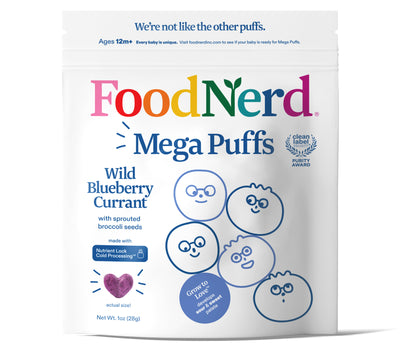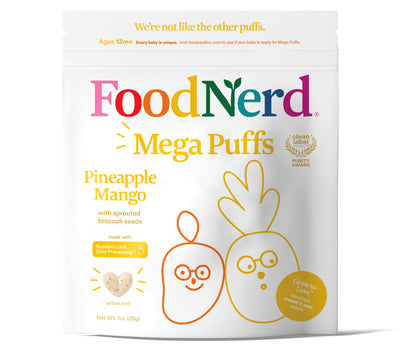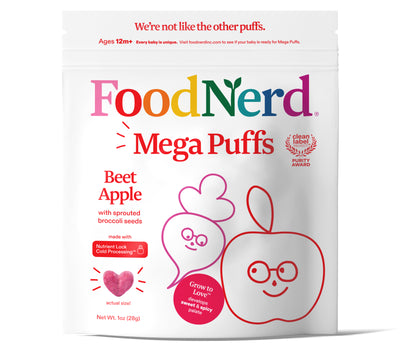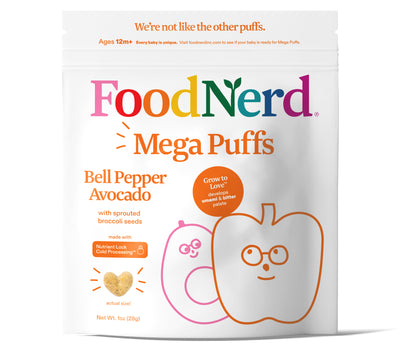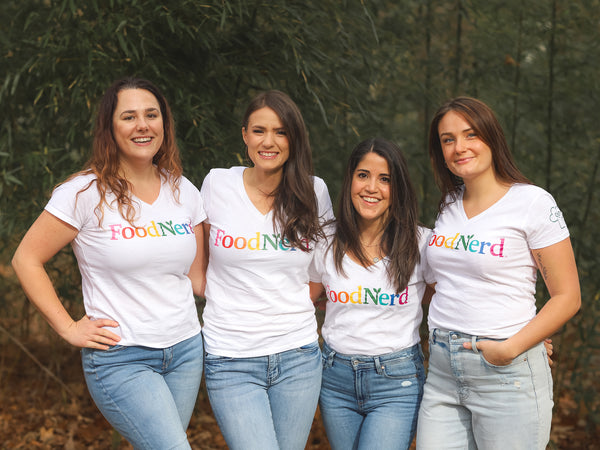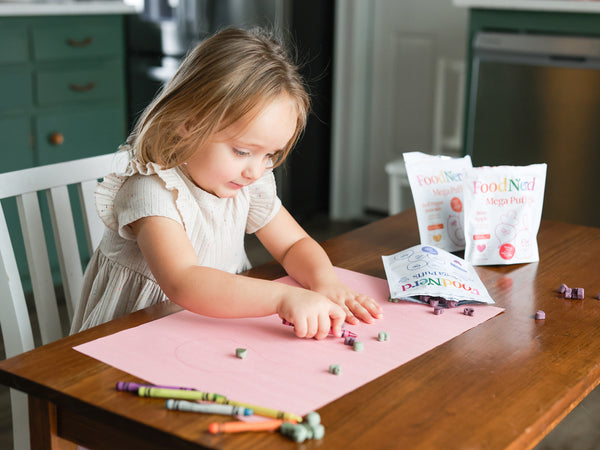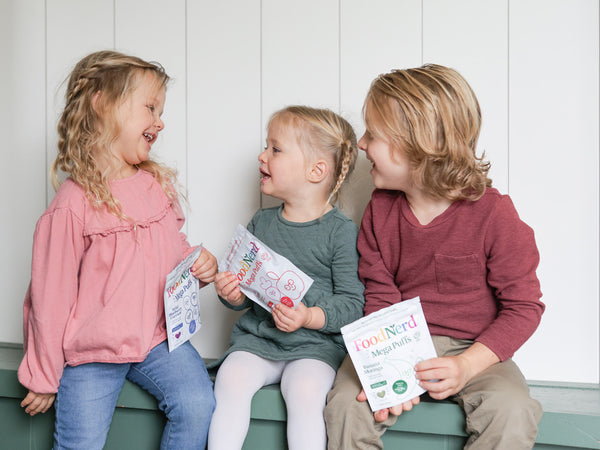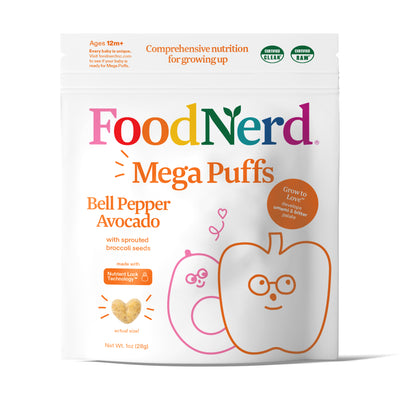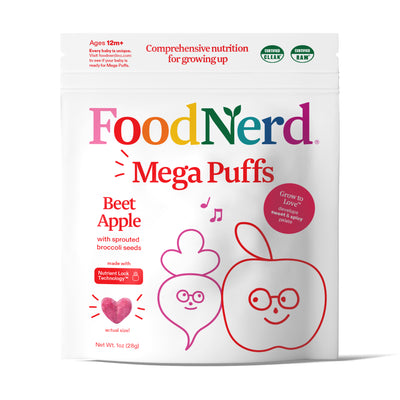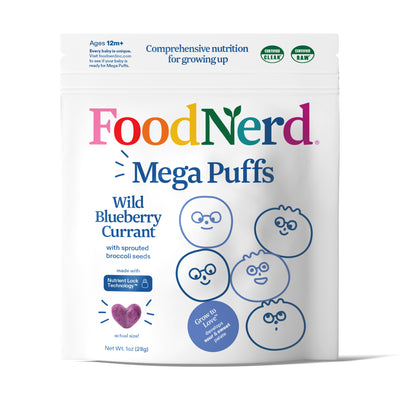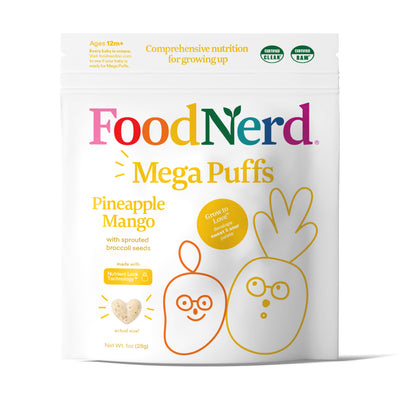The moment your baby successfully guides a spoon from the bowl to their mouth is a big milestone in their journey to independence. It’s a moment many parents eagerly anticipate, but when do babies start to feed themselves with a spoon?
Introduction to Self-Feeding Milestones
While babies show interest in spoons as early as 6-8 months, most babies develop the coordination to self-feed with a spoon effectively around 12-18 months. Every baby progresses at their own pace, and some may need extra time or support to master this skill. However, this milestone is about more than just feeding—it’s about building fine motor skills, cognitive development, and social learning.
Why Self-Feeding Skills Are Important for Development
When babies begin using a spoon, they’re developing crucial skills that go far beyond just feeding themselves. The process of scooping, maintaining control of the spoon, and getting the food to their mouth involves complex brain activity that helps with hand-eye coordination, fine motor control, and executive functioning. Research shows that children who develop these self-feeding skills early often gain an advantage in other areas of fine motor development.
But it's not just physical growth—self-feeding with a spoon also boosts your baby’s confidence and independence. Each time they manage to get a bite on their own, they learn to regulate their food intake based on their hunger and fullness cues, rather than simply accepting spoonfuls from you.
The Progression from Hand Feeding to Utensils
Before babies dive into self-feeding with a spoon, they go through several important stages. Around 6 months, babies start exploring food with their hands—squishing, smearing, and eventually bringing food to their mouths. This messy but essential stage builds the groundwork for using utensils.
By 8-10 months, many babies become interested in the spoon itself. They may grab it during mealtime or bang it on the tray. While they’re not self-feeding just yet, this curiosity signals that they’re ready to start experimenting. The progression goes from hand feeding to holding a pre-loaded spoon, and finally to using the spoon to scoop food independently.
When Do Babies Start to Feed Themselves with a Spoon? An Age-by-Age Breakdown
Understanding when babies typically start using a spoon helps set realistic expectations. While every child develops at their own pace, here’s a general guide to when you can expect your baby to reach these milestones. Keep in mind, these are averages, and your baby might move faster—or slower—than expected.
6-8 Months: Early Exploration with Spoons
At this age, babies aren’t ready to feed themselves with a spoon, but they’re starting to explore it. They may grab the spoon, bang it around, or put it in their mouth. This stage is all about familiarizing your baby with the utensil. Providing a baby-friendly spoon during mealtimes encourages curiosity and builds interest.
9-12 Months: First Attempts at Self-Feeding
As babies approach 9-12 months, they develop better hand-eye coordination and start holding a pre-loaded spoon. While the process is still messy, they may begin attempting to bring the spoon to their mouth. Some babies might even try dipping the spoon into food. During this stage, using thicker foods like yogurt or oatmeal can make self-feeding attempts more successful.
12-18 Months: Developing Spoon Skills
This is when most babies really start to get the hang of using a spoon. By 15-18 months, many children can scoop food from a bowl and get it to their mouth, although spills are still common. Soft foods like mashed potatoes, yogurt, or applesauce are great for this stage, as they stay on the spoon easier. The transition from holding the spoon with a fist to using a more controlled grip happens here.
18-24 Months: Mastering Utensil Use
By the time your baby reaches 18-24 months, they’ll likely be able to feed themselves with a spoon with much more accuracy. Spills will still happen, but their ability to manage a variety of foods improves. By the end of the second year, most toddlers can feed themselves most of their meal with a spoon.
Developmental Signs Your Baby Is Ready for a Spoon
While age is a helpful guideline, it's more important to watch for signs that indicate your baby is ready to start feeding themselves. Here are some key developmental milestones:
- Good sitting balance and trunk stability
- Ability to pick up small objects with their fingers
- Hand-to-mouth coordination when eating finger foods
- Interest in the spoon during mealtimes
- Attempting to grab the spoon during meals
- Watching others use utensils with curiosity
How to Introduce Spoons to Your Baby
Introducing a spoon is a gradual process that requires patience and understanding. It’s not just about getting the food to their mouth, it’s about developing the coordination and confidence to use a new tool. Here's how you can support your baby during this learning process:
Responsive Spoon Feeding Techniques
Even before your baby can hold their own spoon, you can lay the groundwork by using responsive feeding techniques. Hold the spoon in front of your baby and wait for them to open their mouth before offering food. This helps them understand the process and encourages autonomy.
Pre-Loading Spoons: A Helpful Transition Strategy
A helpful step in transitioning to spoon-feeding is to offer your baby a pre-loaded spoon while you continue feeding them. A small amount of food on a baby-friendly spoon lets your child practice bringing it to their mouth.
Best Foods for Spoon Practice
Choosing the right foods can make a big difference in your baby’s success with spoon-feeding. Here are some foods that work well for early spoon-feeding attempts:
- Greek yogurt (or plant based alternative)
- Mashed avocado
- Thick oatmeal
- Mashed sweet potatoes
- Applesauce thickened with infant cereal
- Managing Messes and Promoting Independence
Spoon-feeding can get messy, but that’s part of the learning process. It’s important to create a feeding environment that supports learning while minimizing frustration. Consider using splat mats under the highchair, silicone bibs with food-catching pockets, and designating certain meals as "practice meals" where you have more time and patience for the mess.
